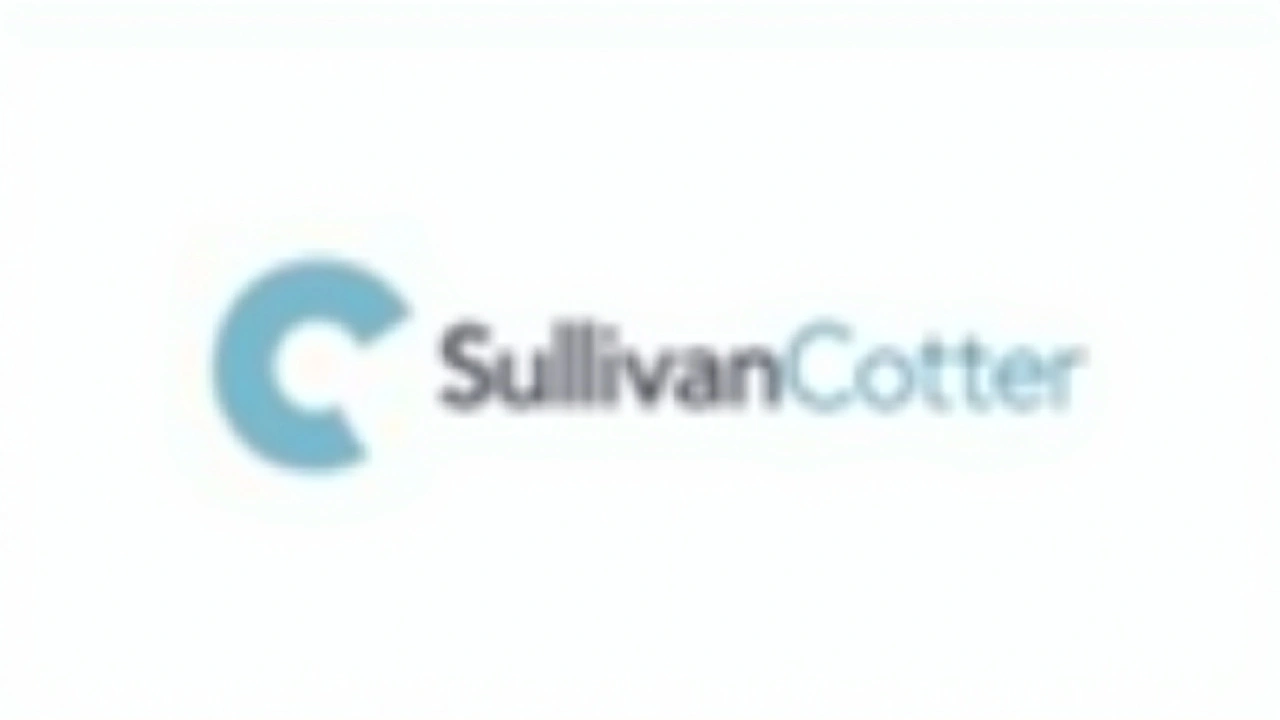Healthcare Workforce: Practical Steps to Fix Staffing, Training & Retention
Hospitals and clinics are struggling to keep enough hands on deck. When staff are stretched thin, patient care suffers and burnout spreads fast. This page gives clear, usable steps you can try today — whether you manage a clinic, work in HR, or plan health policy.
Start with a quick inventory. Ask: how many full shifts go unfilled weekly? Which roles force overtime most often? Track vacancy rate, turnover, average overtime hours and average patient-to-staff ratios for two months and you’ll spot the biggest pressure points.
Quick fixes hospitals can use now
These moves cost little or can be rolled out fast. They won’t solve everything, but they ease the worst daily strain.
- Flexible schedules: Offer compressed weeks, shorter shifts or split shifts to reduce burnout and keep experienced staff on the roster.
- Temporary pools: Build a small roster of part-time or on-call clinicians who can cover peaks without full hiring cycles.
- Task shifting: Move administrative and basic tasks to trained support staff so nurses and doctors focus on clinical care.
- Telehealth teams: Use remote clinicians for follow-ups and triage to free in-person staff for acute work.
- Rapid training modules: Create 1–2 day refreshers for common ward tasks so junior staff gain confidence fast.
- Mental health check-ins: Short weekly peer-support sessions and confidential counselling reduce burnout quickly.
Longer-term moves that actually work
Fixing the workforce for good needs money, planning and time. These steps build resilience so your service survives the next crisis.
- Grow local talent: Partner with nursing and allied health schools for clinical placements, early hiring pipelines and joint training programs.
- Career ladders: Define clear promotion paths and funded specialisations so staff see long-term futures on the job.
- Rural incentives: Offer housing support, travel allowances and accelerated promotions to attract staff to hard-to-staff areas.
- Streamline licensing: Work with regulators to faster-recognise qualified foreign-trained staff and speed up credentialing.
- Data-driven rostering: Use simple software to predict busy times and match staffing to demand instead of fixed schedules.
- Community health workers: Train local workers for prevention and follow-up care; they reduce facility load and improve reach.
Measure progress monthly. Watch vacancy rates, sick days, patient wait times and staff satisfaction scores. If overtime hours fall and staff report better morale, your changes are working.
Need a starting checklist you can print? Create a one-page plan: immediate fixes, a 3-month training plan, and a 12-month recruitment roadmap. Small, steady moves add up — and they keep care running when it matters most.



